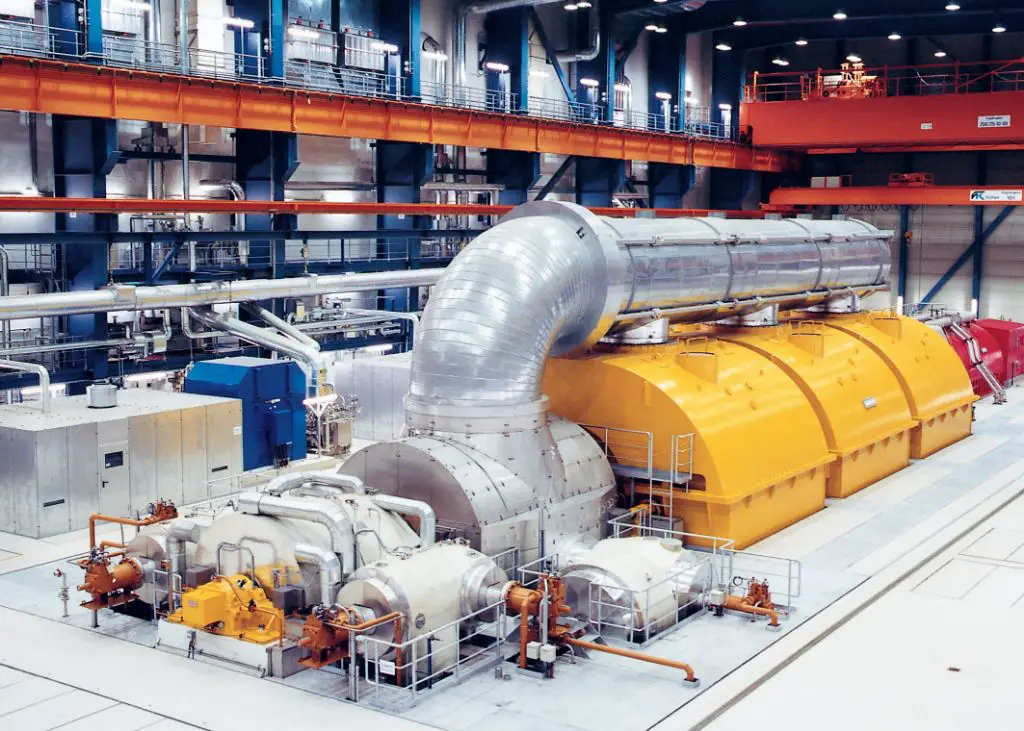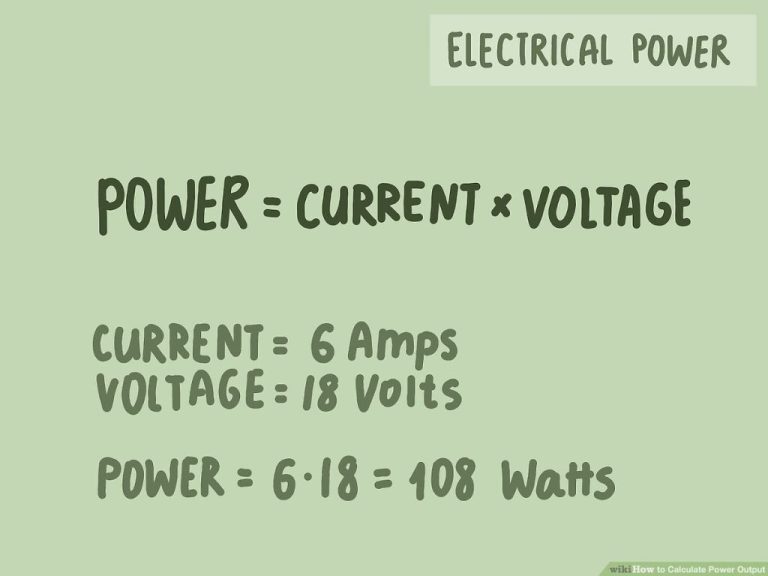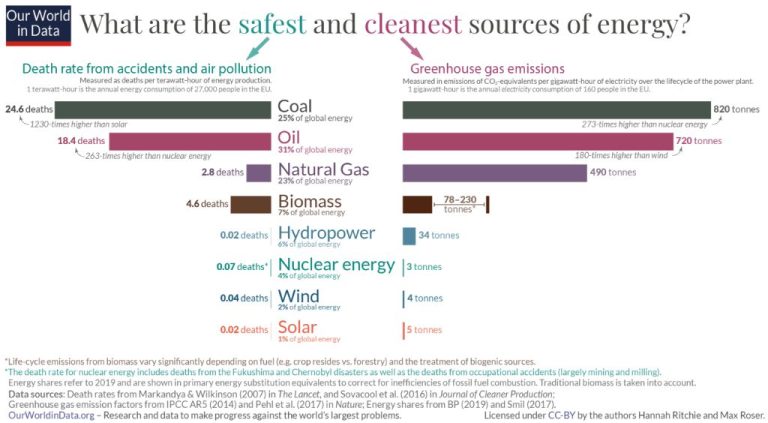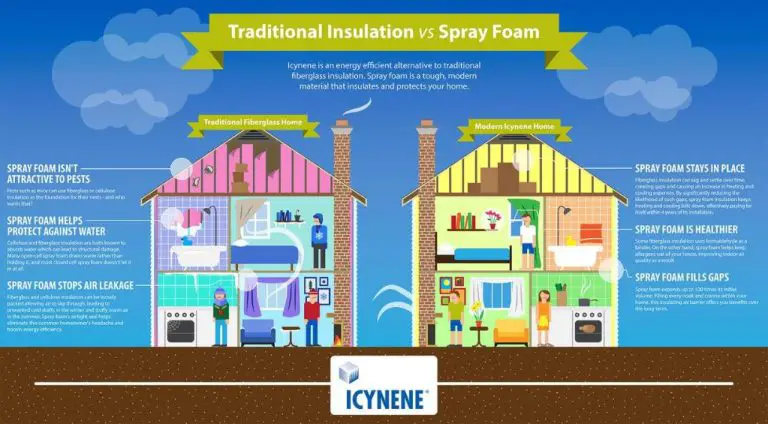What Electrical Energy Means?
Electrical energy is energy that results from the movement of electrons. It is a form of energy that is vital to modern life and powers everything from small devices to entire cities. Understanding electrical energy is important as we seek to improve how we produce, transmit, measure, use, store and conserve this essential energy source.
Electricity powers homes, businesses, industries, transportation systems and so much more. It enables refrigeration, lighting, electronics, appliances and internet connectivity that we depend on. Access to affordable and reliable electricity is crucial for economic development, health, education and overall quality of life. As populations grow and economies expand, demand for electrical energy continues to increase globally.
Electrical energy is an invisible phenomenon that is challenging to fully comprehend. However, grasping the basics of what it is, how it works and its profound impact on society gives valuable perspective. With deeper knowledge, we can make more informed choices related to electrical energy in our own lives and for the greater good.
Physics of Electrical Energy
Electrical energy arises from electric charge. Electric charge is a fundamental property of matter that exists in positively charged protons and negatively charged electrons. When charges are separated, such as in a battery, the potential to do work exists. This potential is called voltage. When a conductive path allows charges to flow, this is called electric current.
The rate at which electric charges flow past a point in a circuit is called electric current and is measured in Amperes. Voltage is the difference in electric potential between two points in a circuit and is measured in Volts. Power is the rate at which electricity is produced or consumed and is measured in Watts. These three quantities are related by the following equation:
Power (Watts) = Current (Amperes) x Voltage (Volts)

So in summary, the physics of electrical energy arises from electric charges, charge separation, electron flow, and the interactions between current, voltage and power. This fundamental physics allows electrical energy to be generated, transmitted and used to power the modern world.
Generating Electrical Energy
There are several primary ways to generate electrical energy on both large and small scales:
Power Plants
The majority of the world’s electrical energy is generated at large power plants. Fossil fuel plants burn coal, oil, or natural gas to heat water into steam that spins turbines connected to generators. Nuclear power plants use the heat from nuclear fission reactions to convert water into steam. Hydroelectric plants utilize the energy of flowing water to turn turbines. Renewable sources like solar, wind, and geothermal can also generate electricity on a utility scale.
Batteries
Batteries store chemical energy and convert it into electricity through electrochemical reactions. Primary batteries can only be used once, while rechargeable batteries can have their chemical reactions reversed by applying an external electrical current, restoring their ability to produce electricity.
Solar Panels
Photovoltaic solar panels convert sunlight directly into electrical energy through the photovoltaic effect. Arrays of solar panels are used to generate electricity both on small scales like rooftops and large utility-scale solar farms.
Generators
Portable generators convert mechanical energy derived from internal combustion engines or turbines into electricity. They can provide localized electrical power in the absence of connection to an electrical grid.
Transmitting Electrical Energy
Once electricity is generated at power plants, it needs to be transmitted to homes, businesses, and other facilities to be used. Transmitting electricity over long distances is made possible by power lines and transformers.
Power lines, also known as transmission lines, carry electricity from power plants to substations located near population centers. These lines transport electricity at high voltages, from 110,000 to 1 million volts, which allows the current to flow efficiently over long distances with less line loss. The most common types of transmission lines use aluminum conductor steel reinforced (ACSR) cables strung between tall, steel lattice towers.
Step-up transformers located at power plants increase the generated voltage for efficient transmission over the power lines. Step-down transformers then reduce the voltage at substations before distribution to end users. Without transformers, it would be impossible to transmit electricity over long distances for practical use.
The electric power grid refers to the interconnected network of transmission lines, substations, transformers and distribution lines that deliver electricity from power plants to consumers. It consists of three major components: power generation, transmission, and distribution. The transmission system forms the vital link between generation and distribution systems.
Maintaining a stable electric grid is critical for providing consistent, reliable access to electrical power across wide regions. Grid operators have to match power generation to usage on a second-by-second basis. If the balance is disrupted, it can lead to blackouts or damage equipment. To prevent disruptions, the grid uses sensors, automation and control systems to continuously monitor conditions and adjust as needed.
Measuring Electrical Energy
Electrical energy is measured in several different units that quantify the rate of electric current flow and the amount of work it can perform. The main units used to measure electrical energy are volts, amps, watts, and kilowatt-hours.
Volts (V) measure the electric potential or “push” of electricity. It represents the force or pressure driving the electric current. Most household electrical outlets in the United States supply 120 volts.
Amps (A) measure the rate of electric current flow. It represents the amount of electric charge moving past a point over a second. Most household circuits are wired for 15 or 20 amps, which limits how many appliances can be used at once.
Watts (W) measure the rate of energy consumption. It represents the rate at which electric power is being used at any given moment. For example, a 60W light bulb uses 60 watts of power.
Kilowatt-hours (kWh) measure electric energy consumption over time. Most electric bills use kWh to show the amount of electric energy used. One kWh equals using 1,000 watts for one hour. The average U.S. home uses about 900 kWh per month.
Understanding these standard units helps consumers better manage their electric use and compare appliance ratings and costs. Meters, sensors and electric bills all quantify electrical energy in these terms.
Using Electrical Energy
Electricity powers many of the most vital aspects of modern life, from lighting to heating/cooling, and enables the appliances and gadgets that we’ve come to depend on. Here are some of the major ways we use electrical energy:
Lighting
Lighting accounts for about 12% of household electricity use. We rely on lighting not just in our homes, but also in workplaces, streets, stores, and many other settings. While incandescent bulbs are being phased out for more efficient LEDs, lighting remains a major electrical end-use.
Heating and Cooling
Heating and air conditioning represent a large share of home energy bills. Electric heaters, furnaces, air conditioners, and heat pumps use resistance or compression to heat or cool air. Smart thermostats and improved efficiency help reduce electricity demand for climate control.
Appliances and Gadgets
From refrigerators and dishwashers to TVs, computers, and other devices, appliances account for about 20% of household electricity use. Cooking appliances like ovens and stoves also consume major electricity. Energy ratings help consumers choose more efficient models.
Industry
The industrial sector – manufacturing, agriculture, mining, utilities – consumes over 25% of U.S. electricity. Motors, machine drives, lighting, HVAC, and electrolysis are major uses. Strict codes and energy audits encourage industrial users to maximize efficiency.
Electrical Energy Storage
Storing electrical energy allows it to be used at a later time, which provides flexibility and reliability for energy systems. The most common methods for storing electricity are batteries, capacitors, and pumped hydroelectric storage.
Batteries
Batteries store chemical energy and convert it to electrical energy as needed. They allow electricity to be stored from the time it is generated until the time it is ultimately used. Batteries come in many chemistries like lead-acid, lithium-ion, and sodium-sulfur. They have applications ranging from small consumer electronics to large grid-scale energy storage. Batteries can respond quickly to changes in electricity demand and supply electricity when other sources are unavailable.
Capacitors
Capacitors store electric charge on conductive plates separated by an insulator. They can rapidly charge and discharge for high power applications over short durations. Capacitors have uses including power quality regulation and storing energy for fast-charging electric vehicle infrastructure. Their high cycling ability makes them suitable for frequently fluctuating storage applications.
Pumped Hydroelectric Storage
Pumped hydroelectric storage facilitates large-scale energy storage by pumping water uphill to a reservoir during times of low electricity demand and then releasing it through hydroelectric turbines to generate electricity when demand is high. This allows energy from intermittent renewable sources to be stored and dispatched when needed. Pumped hydro accounts for around 95% of utility-scale energy storage worldwide.
Electrical Energy Efficiency
Efficiently using electricity is important for reducing energy costs and minimizing environmental impacts. Here are some tips for conserving electricity:
- Replace incandescent light bulbs with LEDs which use at least 75% less energy.
- Unplug electronics when not in use to avoid phantom load power draw.
- Use power strips to cut standby power to electronics that are turned off.
- Enable energy saving settings on computers, monitors, and printers.
- Wash clothes in cold water to reduce water heating costs.
- Use microwaves, pressure cookers, and crockpots for more efficient cooking.
- Upgrade to Energy Star certified appliances which meet strict energy efficiency guidelines.
- Seal air leaks and insulate your home to prevent heat or cooling loss.
- Use smart power strips to cut power to appliances when not active.
- Install a programmable thermostat to optimize heating and cooling.
With some simple changes, you can reduce your electricity usage and costs while also helping the environment.
Electrical Energy Costs
The cost of electricity is a major factor for consumers and electric utility companies. There are several components that determine the rates consumers pay for electricity:
- Generation – The costs associated with producing electricity at power plants.
- Transmission – Delivering high-voltage electricity from power plants to local distribution systems.
- Distribution – The distribution infrastructure that delivers lower voltage electricity to homes and businesses.
- Metering – The costs for installing and reading electric meters that measure consumption.
- Billing – Customer account management and billing expenses.
- Taxes – Federal, state and local taxes applied to electricity bills.
Electricity rates are commonly divided into peak and off-peak pricing. Peak rates are higher costs per kilowatt-hour during the daily hours when electricity demand is highest. Off-peak rates are lower costs during nights, weekends and holidays when demand is reduced. Time-of-use pricing encourages consumers to shift electricity usage to off-peak hours to save money and balance demand.
Some utilities implement tiered pricing that charges higher rates when a customer exceeds a baseline amount of electricity each month. Tiered pricing gives consumers an incentive to conserve energy and reduce their environmental impact.
Understanding electric rates, being aware of peak demand charges, and shifting usage to off-peak times are key strategies consumers can use to lower their electricity bills.
Future of Electrical Energy
The future of electrical energy looks bright, with a major focus on renewable energy sources and improvements in infrastructure.
Renewable Energy
Renewable energy sources like solar, wind, hydropower and geothermal are expected to play a much larger role in electricity generation. Costs for solar and wind power have dropped dramatically in recent years, making them competitive with fossil fuels. Many countries are investing heavily in renewable energy capacity to reduce carbon emissions and reliance on imported fuels.
Smart Grid
Upgrading to a smart grid that uses digital communications technology will allow the electrical grid to be more efficient and reliable. Smart meters and appliances that can communicate with the grid will allow demand to be managed in real time. Outages can also be detected and restored faster with a smart grid.
Accessibility
Efforts are being made to provide universal access to electricity, especially in developing nations. New technologies like microgrids, solar home systems and small scale wind and hydro can provide decentralized electricity access. Energy storage innovations will also make renewable energy more available on demand.





